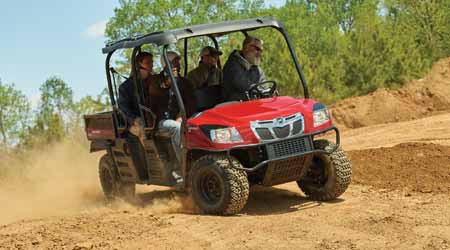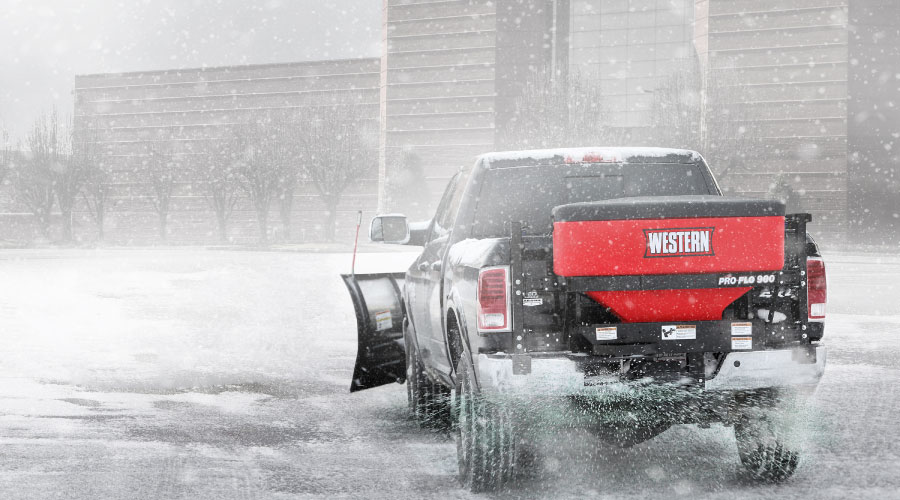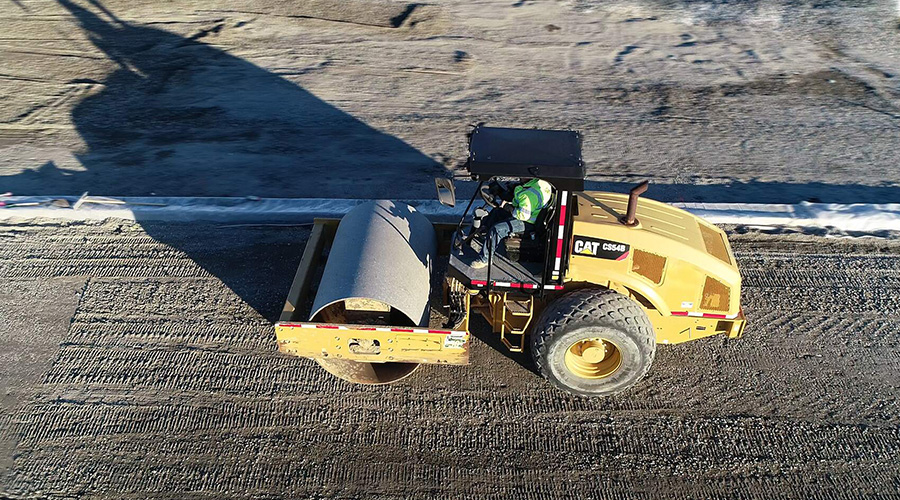 The decision to repair or replace a utility vehicle involves several key considerations, including equipment condition and repair history, staff equipment needs,and ensuring attachments perform as intended.
The decision to repair or replace a utility vehicle involves several key considerations, including equipment condition and repair history, staff equipment needs,and ensuring attachments perform as intended.Three Questions To Ask About Utility Vehicle Repairs
The decision to repair or replace a utility vehicle involves several key considerations, including equipment condition and repair history, staff equipment needs,and ensuring attachments perform as intended.
By reviewing the maintenance history of a utility vehicle, managers can provide important information necessary in making a repair-or-replace decision. This information includes maintenance costs, reliability and life expectancy. Among the questions managers need to answer are these:
What were the reasons for repairs? As utility vehicles age, they require scheduled maintenance and repairs, including more frequent lubrication, oil changes, and adjustments. By reviewing this history, managers can determine if the vehicle has been out of service for routine maintenance or if accidents or malfunctions might have resulted in excessive damage. Utility vehicle accidents can create ongoing problems and eventually lead to high-cost maintenance.
What was the quality of the service? By reviewing a utility vehicle’s maintenance history and the details of each repair, managers can assess the quality of the repairs and understand the way they might have impacted the vehicle’s performance life. The maintenance history also should include a record of the technician responsible for scheduled maintenance and repairs. This is important because the skill level and experience of the technician performing the work might have contributed to its effectiveness.
What are the repair trends? Because the vehicle’s maintenance history tracks repair frequency, managers can analyze this data to spot trends. Did repairs become more frequent over time? Were there ongoing issues, or did they seem random? The repair history also should include information on the downtime required for each repair. This data can help managers determine the impact of costly new repairs on staff productivity.
Managers can use data obtained from analyzing the utility vehicle’s maintenance history to compare the cost of maintenance and repairs with vehicle replacement costs. Calculating the cost of repairing the vehicle should include all parts and labor and the financial implications of disrupted workflow.
Managers can determine use the results of the data assessment and vehicle condition review to determine the most viable option. If the data makes the case that retaining and repairing the vehicle is the most cost-effective solution, managers can use information gathered during the evaluation to hold off unscheduled repairs in order to further reduce costs. They also can use it as a guide for selecting a replacement vehicle.
Related Topics:














